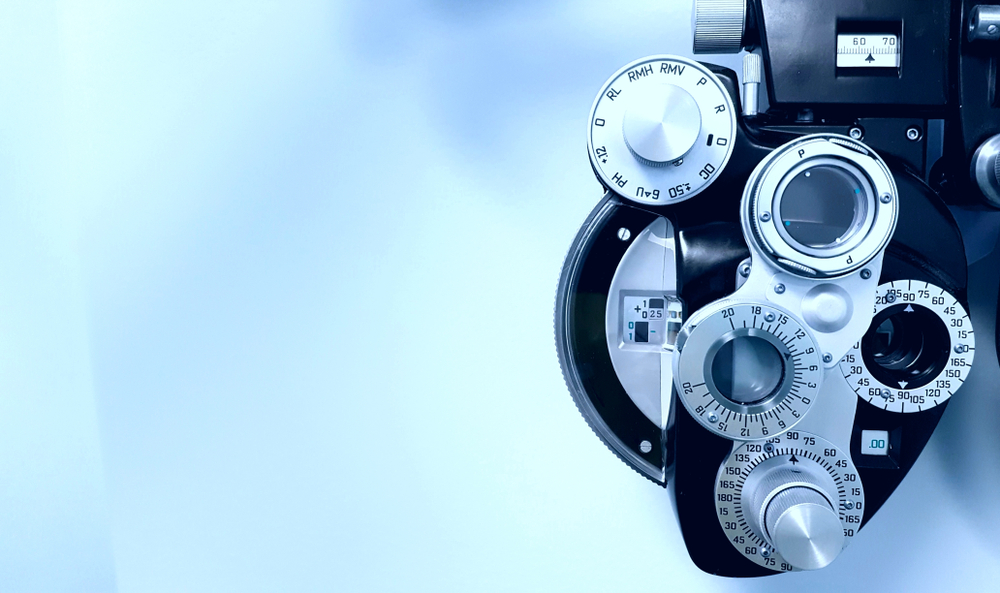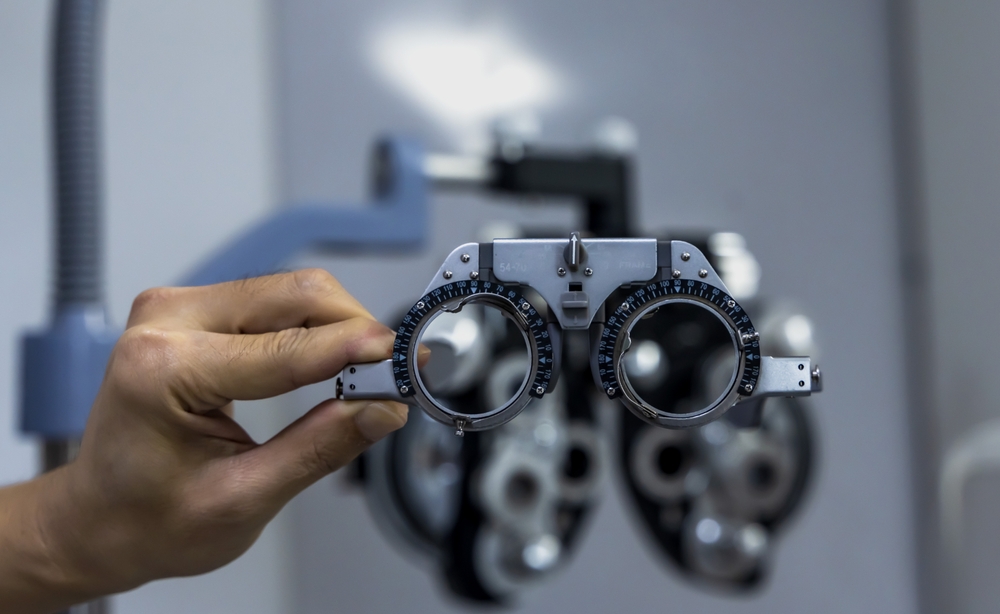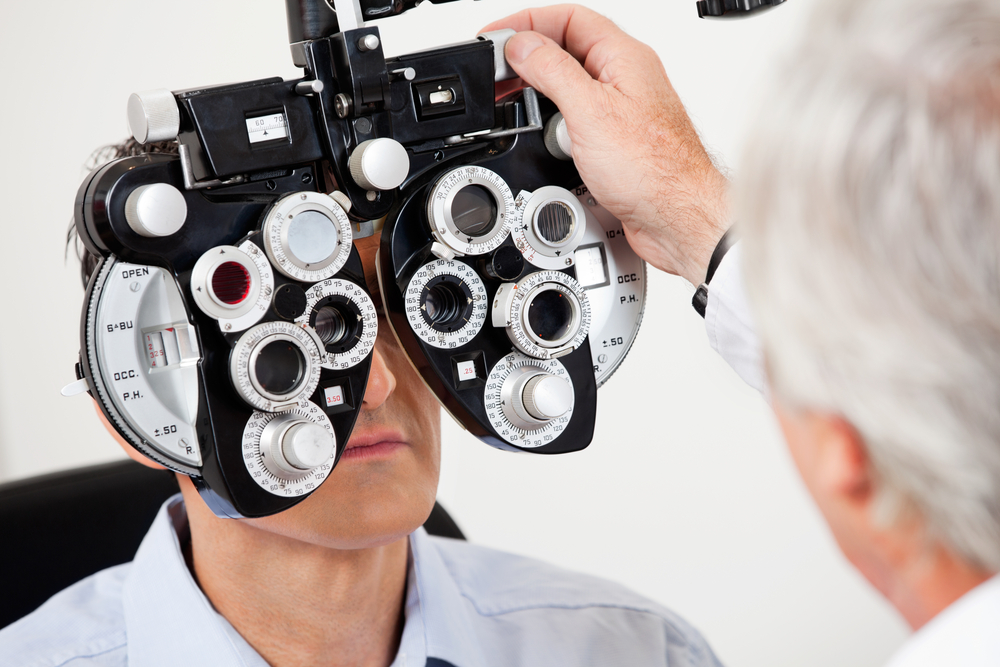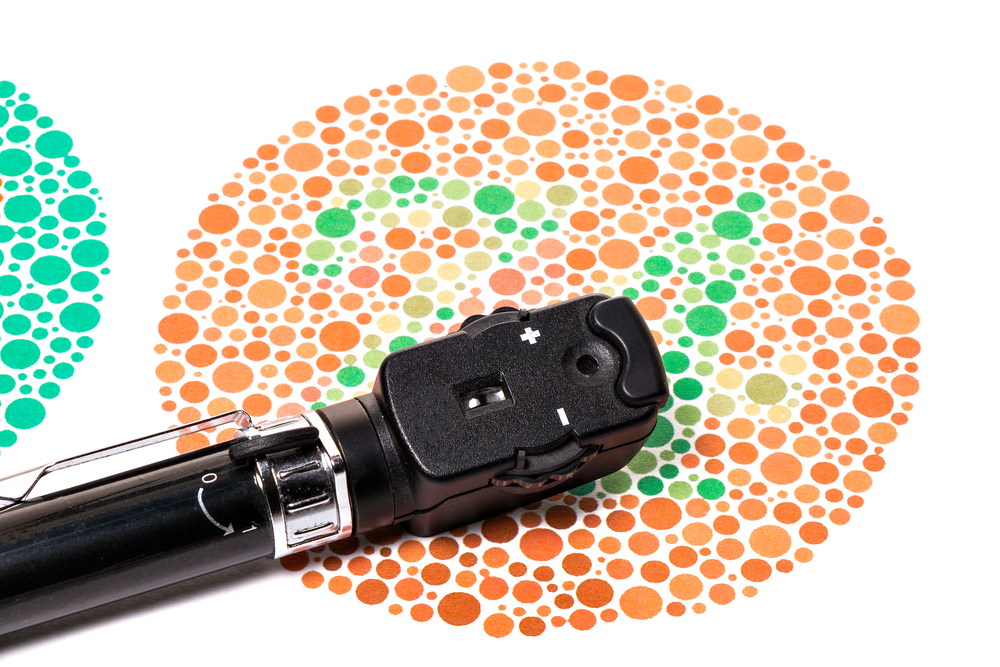
When you go into your eye care provider’s office for a comprehensive eye exam, there are several tests they will perform to check the quality of your eyesight and the health of your eyes.
Among these is refraction, an important test that ensures the clarity of your vision. Keep reading to learn more about refraction!
What is a Refraction Test?
Refraction is a test that measures your visual acuity, or how well you see at multiple distances. It can help your eye care provider catch undiagnosed refraction errors, like nearsightedness or farsightedness, and make adjustments to your existing eye prescription.

What Happens During a Refraction?
There are several steps to a refraction exam. They typically include the following:
Preliminary Examination
Before the refraction test, your eye care provider will discuss any issues or changes to your eyesight you may have noticed since your last exam. They may also conduct a preliminary visual examination to check for any obvious signs of eye health issues or conditions.
Visual Acuity Testing
You’ll usually start refraction by reading a chart that displays rows of letters or symbols at a distance, also known as a Snellen chart. The rows get progressive smaller as they go down the chart.
If you wear corrective eyewear, you might be asked to read the Snellen chart both with and without your glasses or contact lenses.

Phoropter
You will next be asked to sit in front of a device called a phoropter. The phoropter contains lenses of glasses in different strengths.
Your eye care provider will try out different lenses as you again read the letters or numbers on the Snellen chart.
Subjective Refraction
Still using the phoropter, your provider will ask you to compare different lenses. Often, they will switch lenses and ask which option gives you the clearest vision.
This part of refraction is used to fine-tune your vision prescription, guaranteeing your corrective eyewear gives you the clearest and most comfortable vision.
Astigmatism Assessment
To check for astigmatism, your eye care provider performs a keratometry test, which checks the curvature of your cornea by focusing a circle of light on the cornea and measuring its reflection.
Final Prescription
The result of refraction is an accurate final eye prescription. This prescription contains the most up-to-date information about your current eyesight and is used to update your corrective eyewear if there have been any changes to your vision since your last appointment.
Refraction just confirms the high quality of your natural vision!
What Other Tests Are Performed at an Eye Exam?
Along with refraction, the following tests are usually performed at a comprehensive eye exam:
Visual Field Test
This test is used to check your peripheral, or side, vision. Seated in front of you, your eye care provider will ask you to follow their finger or other object as they move it across your range of vision.
They might also ask you to identify the number of fingers they are holding up at the edges of your field of vision.

Color Vision Test
This test measures your ability to differentiate between colors and is used to check for color blindness. You will be asked to look at a multicolored dot pattern and identify the number or symbol that is composed of dots that are a different color than the surrounding dots.
Tonometry Test
During this test, which measures the level of pressure within your eye, your eye care provider delivers a quick burst of air onto the surface of your eye. How much your eye flattens in response shows your eye’s pressure level.
Dilated Eye Exam
After having your pupils dilated with special eye drops, your eye care provider uses two devices, an ophthalmoscopy and a slit lamp, to examine the inner structures of your eye for signs of common eye conditions and disease.
Refraction and all the other tests performed at a comprehensive eye exam are minimally invasive and should be completely painless. A typical exam takes less than an hour to complete.
If your eyes have been dilated, the effects may take a few hours to wear off, and you may experience a temporary sensitivity to bright lights. Following a dilated eye exam, you should take precautions when out in the sun and avoid driving, reading, and looking at screens until your eyes have returned to normal.
Yearly comprehensive eye exams are the best way to ensure the quality of your vision and the health of your eyes. Refraction is an important part of those exams and essential to ensuring you see the world in crisp, clear focus!
Are you overdue for an eye exam? Contact at Northeastern Eye Institute at 570-342-3145 in Scranton, Clarks Summit, Dallas, Forty Fort, Hamlin, Honesdale, Hazelton, Peckville, Montrose, Mountaintop, Pocono Summit, Tuckhannock, Wilkes-Barre, PA, today!